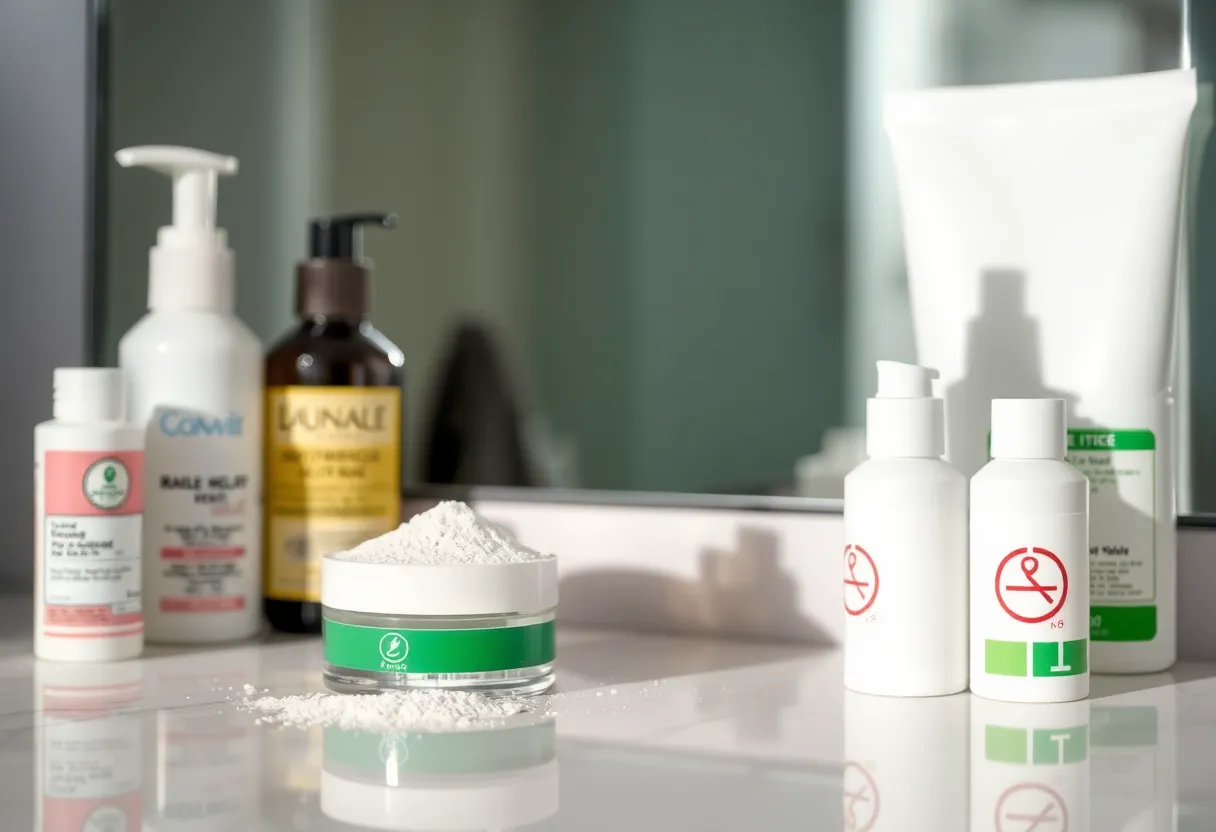News Summary
Federal Proposal Aims to Address Asbestos Risks in Talc-Containing Cosmetics
The concern over potential health risks associated with talc-containing cosmetics has taken a significant step forward as the Food and Drug Administration (FDA) unveiled a proposed rule aimed at establishing new testing requirements for asbestos in these popular beauty products. This move comes in the wake of numerous consumer lawsuits linking talc-based cosmetics to devastating diseases such as mesothelioma and ovarian cancer.
Regulatory Update
On December 27, 2024, the FDA officially published this proposed rule in the Federal Register, building upon the Modernization of Cosmetics Regulation Act of 2022 (MoCRA). Although the proposal does not yet have an effective date, it hints at a possible 60-day postponement, leaving manufacturers and consumers in anticipation of forthcoming regulations.
The proposal mandates manufacturers to perform standardized testing for asbestos in every batch of talc-containing products, such as body powders, face powders, blush, foundation, and eyeshadow. This requirement arises from increasing evidence suggesting that asbestos, a known carcinogen, is often found in geological formations that also contain talc. Consequently, there are real concerns regarding the possibility of contamination during the mining process.
Testing Protocols and Responsibilities
To ensure compliance with the proposed regulations, manufacturers will be obligated to utilize specific testing methods, including Polarized Light Microscopy (PLM) and the more advanced Transmission Electron Microscopy (TEM) and related techniques. Should these methods detect any amount of asbestos, the product will be classified as positive for contamination. Interestingly, companies may avoid direct testing if they hold a certificate of analysis from their talc supplier, provided that the supplier’s testing methods are verified annually.
Moreover, the proposed regulations impose strict recordkeeping requirements on manufacturers, who will need to maintain all data related to asbestos testing for a period of three years. Such records must be made accessible to the FDA within one business day upon request, adding a layer of accountability in the industry.
Legal Implications
The introduction of these testing standards could have far-reaching implications for ongoing consumer litigation against cosmetic companies. The rule may establish a new benchmark for acceptable testing, potentially affecting how courts evaluate asbestos claims. If manufacturers adhere to the new testing requirements, they might cite compliance as a defense in litigation, asserting that their products are safe based on the finalized rule.
Conversely, a failure to meet testing and recordkeeping obligations would render a product adulterated, making it illegal to sell or distribute under the Federal Food, Drug, and Cosmetic Act (FD&C Act) and MoCRA. This situation means that the FDA would have the authority to recall any tainted products, a significant shift that could prompt companies to re-evaluate their talc supply chains.
Public Input Sought
The FDA is currently accepting public comments on the proposed rule, with the deadline set for March 27, 2025. This opportunity for public input demonstrates an effort to incorporate consumer concerns and perceptions into the regulatory process.
Ongoing Concerns About Talc Safety
The FDA’s initiative underscores the heightened scrutiny surrounding talc-containing cosmetics, as consumers and health advocates remain increasingly vocal about the potential risks of asbestos exposure. As the dialogue continues, the cosmetic industry is urged to reassess the safety and transparency of their products, with an eye toward safeguarding consumer health.
As public awareness grows, the cosmetic sector may face ongoing pressure to eliminate talc altogether or replace it with safer alternatives. Tensions are likely to mount as brands navigate the complexities of compliance, consumer trust, and legal responsibility amid increasing calls for stringent regulation in the cosmetic industry.
Deeper Dive: News & Info About This Topic
HERE Resources
Thalia Mara Hall’s Reopening Faces New Delays Due to Potential Asbestos Discovery
The Eaton Fire: A Community’s Resilience Amidst Tragedy
The Asbestos Dilemma: A Hidden Threat at Columbia University
Albany County Takes Bold Step with Central Warehouse Purchase
The Great Hockey Stick Heist in Duluth: Mankato West Team’s Torment
The Rising Tide of Asbestos-related Health Crises in Missouri and Beyond
As California Wildfires Blaze, Asbestos Hazards Emerge as a Deadly Aftermath
Terminal Diagnosis for 68-Year-Old Sparks Quest for Answers
Rising Awareness of Mesothelioma in Youths: A Hidden Danger
Pandemic Spikes Demand for Products, Uncovers Asbestos Risks
Additional Resources
- Crowell & Moring: Potential Consumer Litigation Impacts from FDA’s Proposed Rule on Standardized Testing for Talc-Containing Cosmetics
- Wikipedia: Asbestos
- CBS News: FDA Proposes Asbestos Testing for Talc in Cosmetics
- Encyclopedia Britannica: Talc
- Scripps News: FDA Proposes Asbestos Testing Requirement for Talc-Based Cosmetics



















